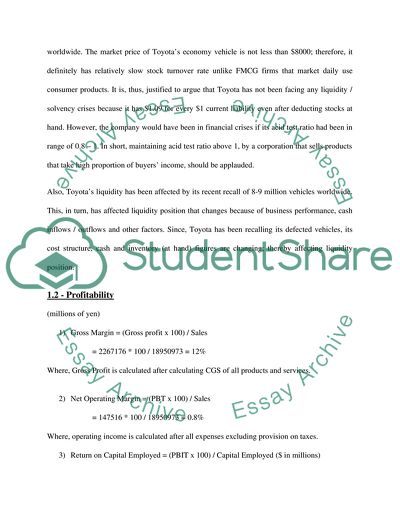Cite this document
(Toyota Motor Corporation Essay Example | Topics and Well Written Essays - 3000 words, n.d.)
Toyota Motor Corporation Essay Example | Topics and Well Written Essays - 3000 words. Retrieved from https://studentshare.org/marketing/1574370-a-financial-report-for-a-case-study
Toyota Motor Corporation Essay Example | Topics and Well Written Essays - 3000 words. Retrieved from https://studentshare.org/marketing/1574370-a-financial-report-for-a-case-study
(Toyota Motor Corporation Essay Example | Topics and Well Written Essays - 3000 Words)
Toyota Motor Corporation Essay Example | Topics and Well Written Essays - 3000 Words. https://studentshare.org/marketing/1574370-a-financial-report-for-a-case-study.
Toyota Motor Corporation Essay Example | Topics and Well Written Essays - 3000 Words. https://studentshare.org/marketing/1574370-a-financial-report-for-a-case-study.
“Toyota Motor Corporation Essay Example | Topics and Well Written Essays - 3000 Words”, n.d. https://studentshare.org/marketing/1574370-a-financial-report-for-a-case-study.


